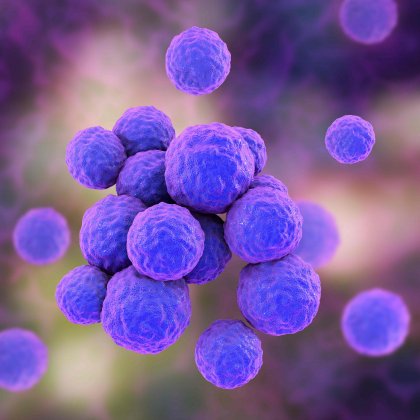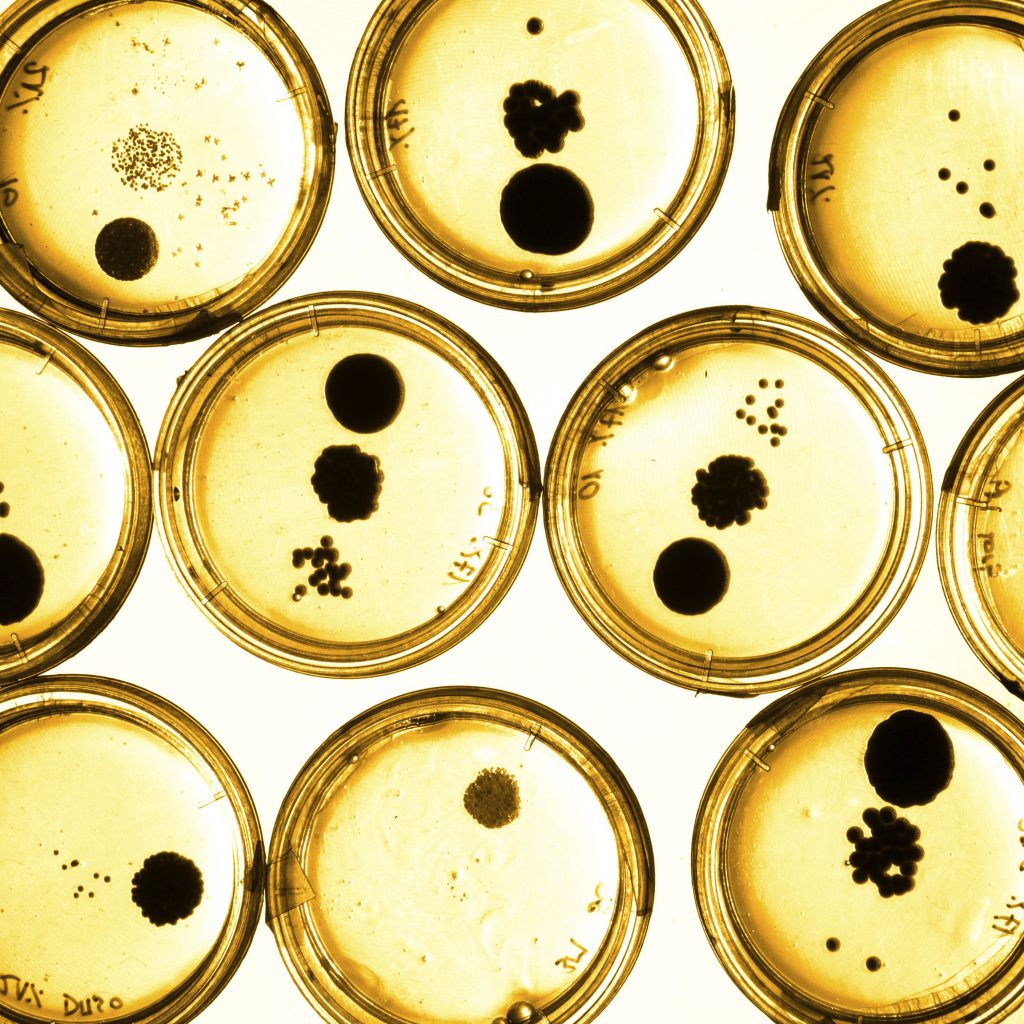Taking on the superbug
Professor Matt Cooper’s group at The University of Queensland has decided to take a multifaceted approach to finding the next antibiotic. They are doing primary research on infection using imaging technologies, looking at modifying existing antibiotics to increase their potency, re-examining old antibiotics, and even crowdsourcing new ones.
By Elizabeth Thomsen
In 2017, there were over 700 000 deaths in Europe due to superbugs. Sepsis is now a major cause of death in many countries. The World Health Organisation lists antimicrobial resistance as one of the three greatest threats to human health. And yet, very few pharmaceutical companies are investing in new antibiotics, and there are probably fewer than 1000 researchers in antibiotic research and development worldwide.
Why? Finding new antibiotics is hard, time-consuming, and for pharmaceutical companies there is little return on investment compared to expensive drugs used for long time periods such as oncology and cholesterol-lowering medications.
Professor Matt Cooper’s group at The University of Queensland has decided to take a multifaceted approach to finding the next antibiotic. They are doing primary research on infection using imaging technologies, looking at modifying existing antibiotics to increase their potency, re-examining old antibiotics, and even crowdsourcing new ones.
Do you have the next antibiotic?
Academics at The University of Queensland have set up the Community for Open Antimicrobial Drug Discovery (CO-ADD), a global open-access screening program. Chemists who have compounds ‘sitting on shelves’ (not originally designed as antibiotics) send their materials to CO-ADD and they are tested for antimicrobial and antifungal activity. The compounds are screened for free, and the compound owners may file for any intellectual property generated, and publish the results.
Since its beginnings in 2015, the program has brought hundreds of chemists back into the field of antibiotic testing, and has received more than 210 000 compounds from 210 institutes in 45 countries. The program has a hit rate of 20 times higher than commercial organisations, and so far has identified 3000 possible new antimicrobial compounds, of which 260 are showing promise for future studies.
However, the future of CO-ADD is unknown with funding coming to an end. Ideally the team would like to expand and test against more pathogens, including searching for treatments for malaria, dengue fever, and tuberculosis. The group is actively seeking further funding opportunities.

Hitting where it hurts: Targeting the membrane
Vancomycin is an old, out-of-patent antibiotic first used in the 1950s, which was used for over twenty years without drug resistance. It is still widely used to treat dangerous bacterial infections, however bacteria are becoming increasingly resistant to it, and it also produces unwanted side effects.
Professor Cooper’s team have added extra materials to the core of the drug, creating a class of antibiotics called vancaptacins. The vancaptacins bind to the membrane of Gram-positive bacteria (such as the superbug MRSA), rather than binding to human liver or kidney cells – organs that are very affected by toxicity from some drugs. This membrane binding has two positive effects: it gets more of the drug where it needs to be (targeting the bacteria not the human), and it disrupts the bacteria membrane, making it harder for the bacteria to develop resistance to the therapy.
Over three years the team has developed over 300 vancaptacins by varying the membrane-targeting compounds. They have assessed the new materials’ antimicrobial activity, drug-like properties, and likelihood of inducing drug resistance.
“The problem of antibiotic resistance is getting consistently worse over time. In ten to twenty years time it will be a much bigger problem, and may affect routine medicine like surgery, organ-transplants, and cancer care. But it takes ten years to get drugs to market, so we need to act now.”
The same strategy can hopefully be applied to other antibiotics that act on bacterial membranes which are losing their potency due to drug resistance. Currently, the biggest hurdle for developing the vancaptacins is finding a successful commercial route, given the very few pharmaceutical companies left in the field.
Back to the future
Back in the 1960s and 70s, an abundance of new antibiotics were being developed. With so many to choose from, scientists concentrated on the most promising drugs and shelved the rest. Now, hardly any new antibiotics are being developed, and drug-resistance limits the effectiveness of the current antibiotics.
Professor Cooper’s team is re-evaluating the effectiveness of these discarded antibiotics, and improving them with modern chemistry. One of the drugs that they have examined is octapeptin. Octapeptin targets Gram-negative bacteria, which are hard to kill because they have extra barriers that can camouflage them from drugs and the immune system. These bacteria are developing resistance to antibiotics of last resort, and there are no new classes of antibiotics available to treat these bacterial infections.
In early pre-clinical testing, octapeptin is showing better antimicrobial activity against extremely resistant bacteria compared to a drug of last resort, colistin. Octapeptin is also potentially less toxic to human kidneys than colistin.

The future of antibiotics
Professor Cooper says, “The problem of antibiotic resistance is getting consistently worse over time. In ten to twenty years time it will be a much bigger problem, and may affect routine medicine like surgery, organ-transplants, and cancer care. But it takes ten years to get drugs to market, so we need to act now.”
